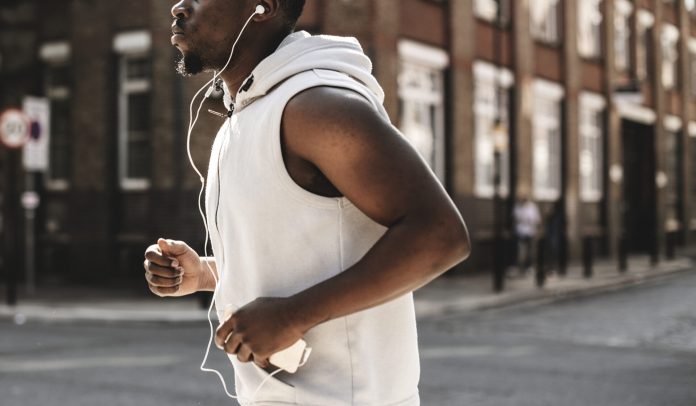Regular moderate to vigorous exercise such as swimming, biking or even brisk walks can lower the risk of high blood pressure in African Americans, according to a new study.
African Americans are more likely to have high blood pressure than other racial groups in the United States. Among non-Hispanic blacks 20 and older, nearly 45 percent of men and 46 percent of women have high blood pressure, which is systolic blood pressure of 140 mm Hg or higher or diastolic blood pressure of 90 mm Hg or higher, according to the American Heart Association.
Although it often causes no symptoms, high blood pressure is a major cause of heart attack, stroke, heart failure and kidney disease.
“Instead of waiting for full-blown hypertension or abnormally high blood pressure to develop in African Americans, health professionals should prescribe a dose of physical activity, just as they would prescribe a medication,” said Keith Diaz, Ph.D., lead study author and assistant professor at the Center for Behavioral Cardiovascular Health at Colombia University Medical Center in New York.
Researchers examined reported physical activity in 1,311 people in the Jackson Heart Study, a large, ongoing research program examining factors that influence the development of heart disease in African Americans living in or near Jackson, Mississippi.
All of the participants had normal blood pressure at the beginning of the study, but almost half had developed high blood pressure eight years later.
Compared with participants who didn’t exercise, the risk of high blood pressure was 16 percent lower in those who did intermediate levels of physical activity (less than the recommended 150 minutes per week of moderate-intensity exercise) and 24 percent lower in those with ideal levels of physical activity (less than 150 minutes per week of moderate-intensity exercise or at least 75 minutes per week of vigorous exercise).
The researchers also found that sport or exercised-related physical activity lowered the risk of high blood pressure compared to working or doing household chores, which did not change the risk of high blood pressure.
“We think that occupational or household activity is often not done in bouts long enough to cause healthy changes in your heart, blood vessels and muscles,” Diaz said. “Other research has shown that for physical activity to be beneficial, it needs to be done for at least 10 consecutive minutes at a time and at intensity levels that get you breathing harder and your heart beating faster.”
Moderate-intensity physical activity requires working hard enough to raise your heart rate and break a sweat, such as brisk walking, water aerobics, biking mostly on level ground or mowing the lawn. Vigorous physical activity raises your heart rate and requires breathing hard and fast, such as running, swimming laps, singles tennis or bicycling 10 miles per hour or faster.
From American Heart Association News






